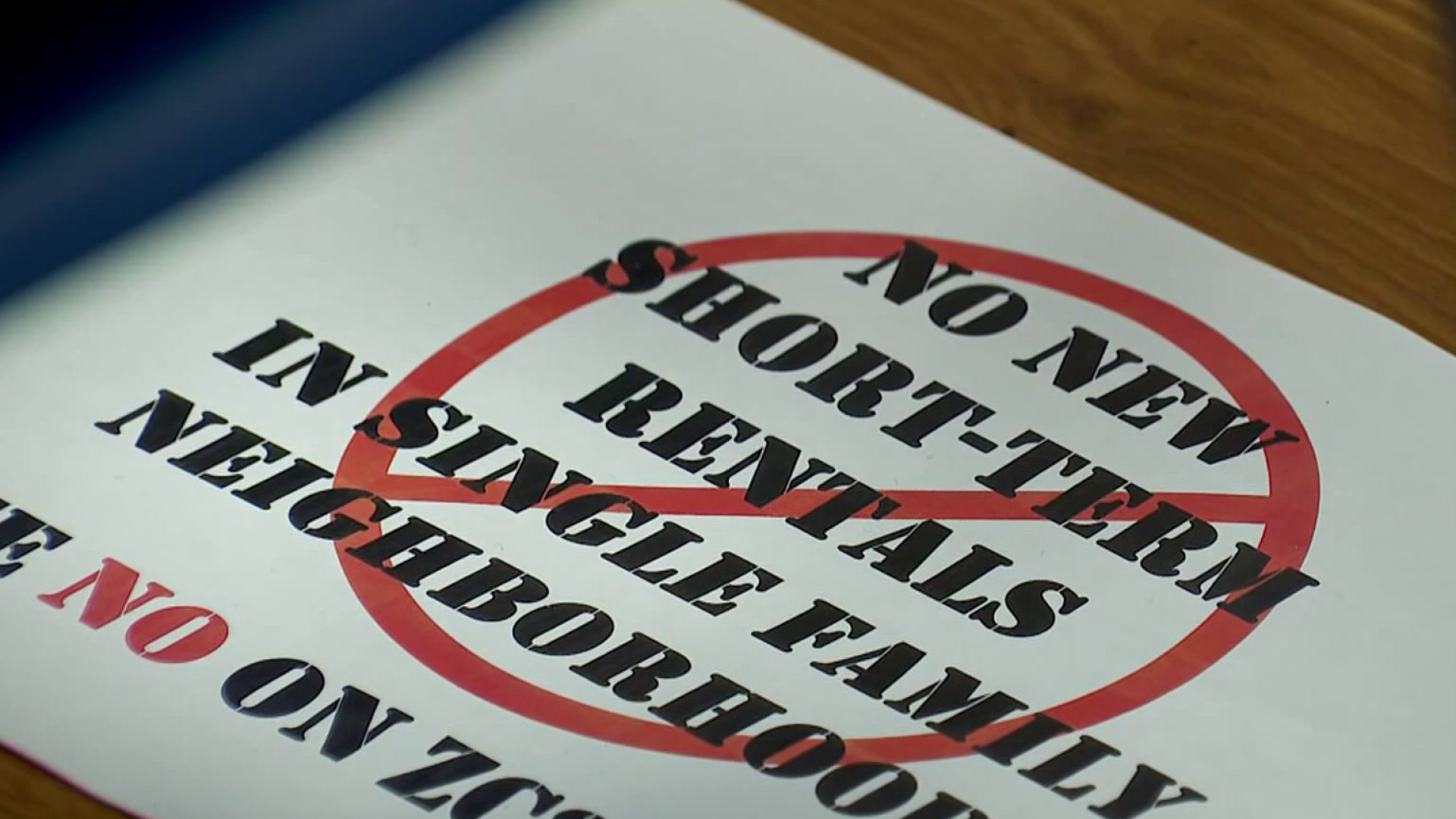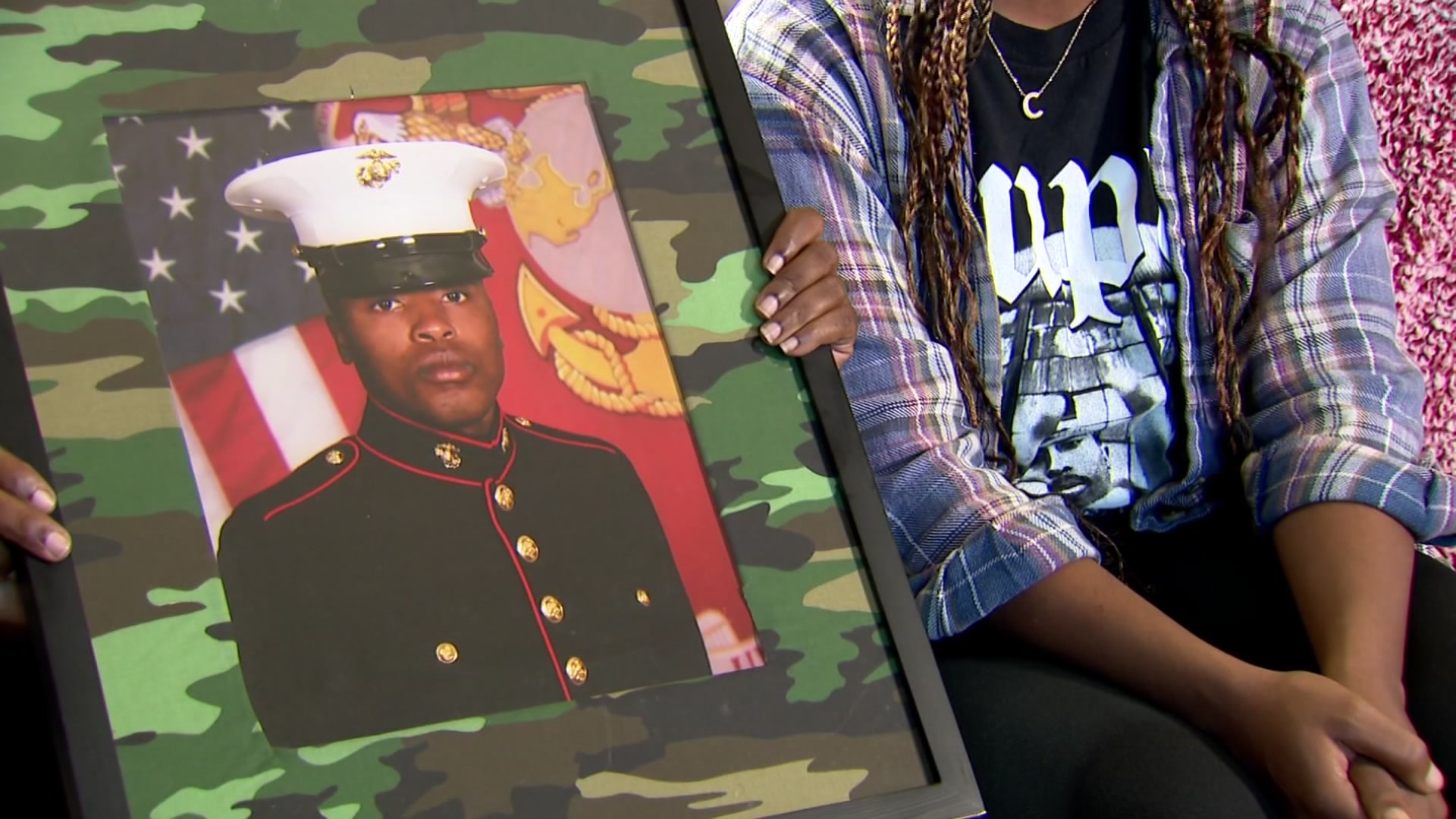As COVID-19 cases continue to rise, planning continues across North Texas for the eventual distribution of vaccines when they become available and who will be able to get the first round of vaccinations.
“The CDC and the National Academy of Sciences have actually convened a workgroup a couple of months ago to triage allocation for a vaccine when it comes out,” MedStar Mobile Healthcare spokesman Matt Zavadsky said. “Thankfully frontline healthcare workers, including first responders and those at highest risk of contracting the virus, were categorized in that top tier.”
“There’s been a task force put up statewide as well as here in North Texas to really begin working through the specific logistics of being able to administer the vaccine, both to the healthcare workers including first responders, but also in the next phase going to the general public,” Zavadsky added.
Getting the vaccine to first responders presents its own set of challenges.
“One of the biggest challenges is the geography. For the first response organizations, especially MedStar, many of our folks are spread out throughout the entire region. So, you’ve got fire stations, you’ve got police substations and you’ve got EMS substations like MedStar who do street corner posting for their ambulances,” Zavadsky said. “Making sure that we can work out a schedule and a route that brings a mobile unit with significant refrigeration… to those sites or a central site for those first responders to come to.”
MedStar is considering several options including utilizing its COVID-19 testing model for first responder vaccinations.
“We have here at MedStar a testing site for COVID-19 patients, first responders and healthcare workers and they come here every day 90 minutes in the morning for drive-thru testing,” Zavadsky said. “We may use that process for the vaccine. So, we have first responders line up and literally come through and stick their arm out the window and we give them the vaccine.”
Local
The latest news from around North Texas.
Even within the frontline worker community, decisions were still required regarding who should be included in the first round of vaccinations.
“The importance of these vaccines getting to first responders came to light when we were having a conversation with some of our public partners when they said, ‘Hey, we want EMS to be part of the vaccine administration plan.’ And we said, ‘OK, does that mean we get vaccinated first?’ They said, ‘Well, you might not be first, but you might be second or third.’ We said, ’you can’t ask people to vaccinate others if they haven’t been vaccinated,’” Zavadsky explained. “So, we are very certain all of that will work out well and we will be able to get those people vaccinated who are literally walking into car crash scenes and houses and all sorts of different places not knowing if somebody in that environment is COVID positive.”



